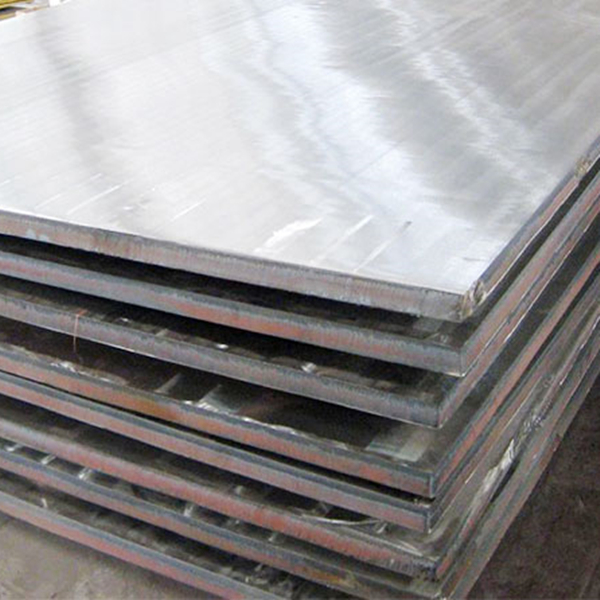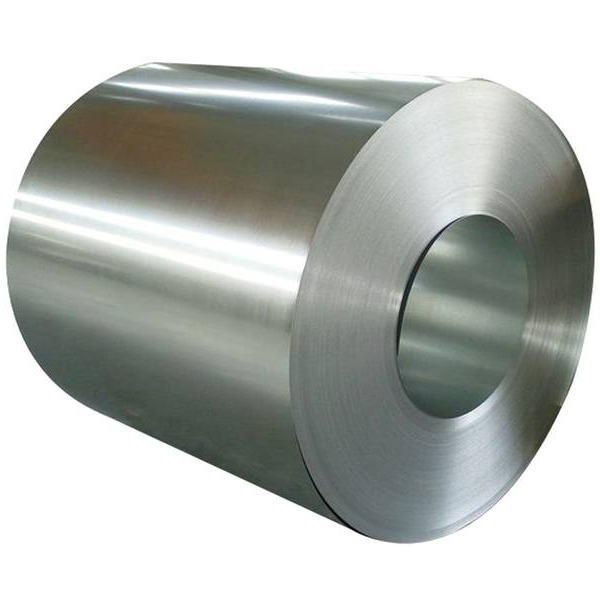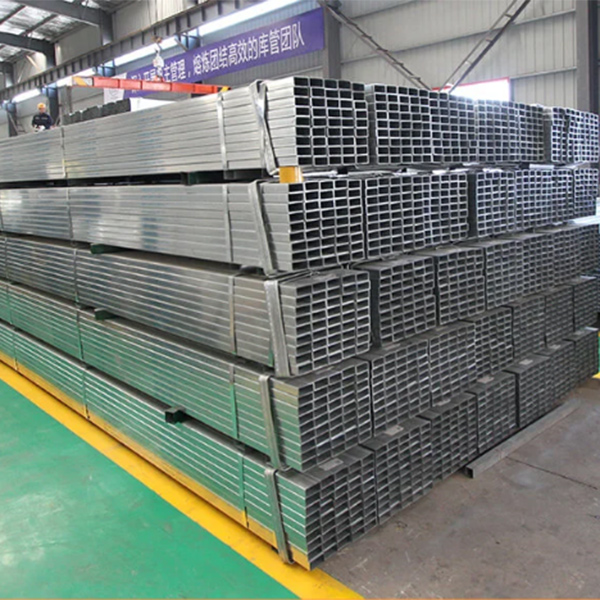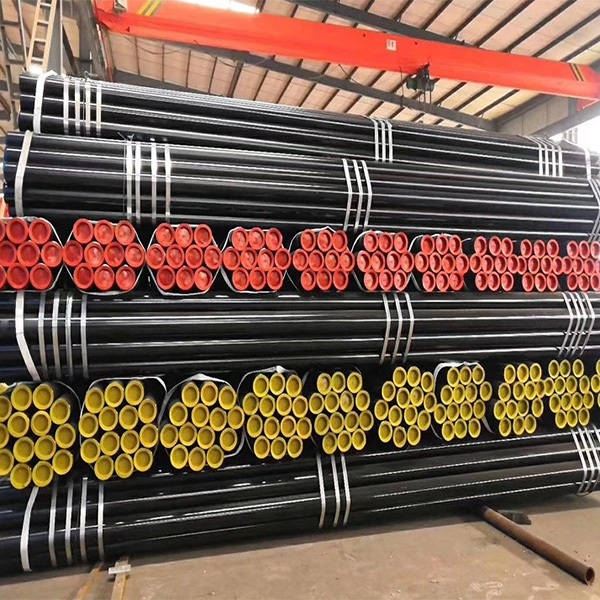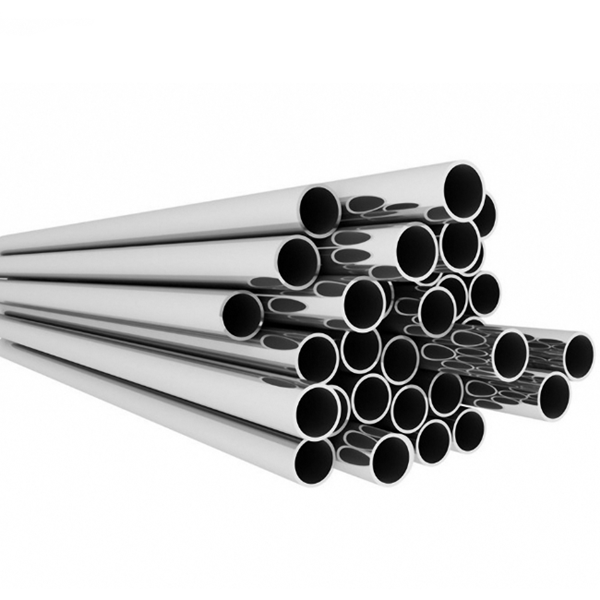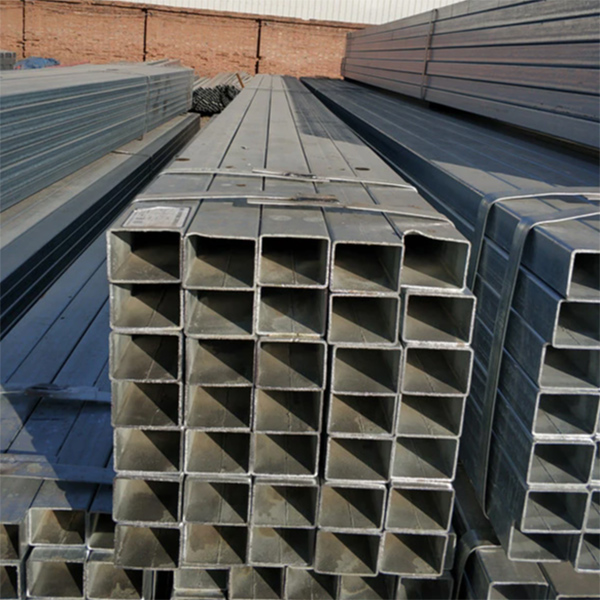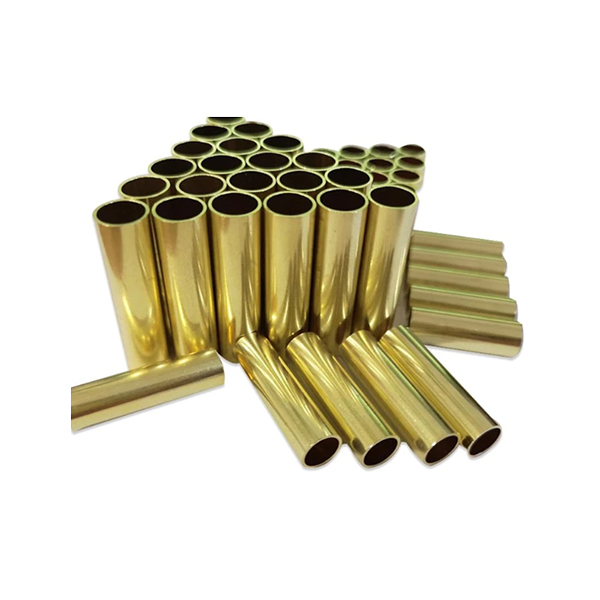Customized 304 304L Stainless Steel Plate
Features of stainless steel plate
1. Weldability
Different product uses have different requirements for welding performance. A class of tableware generally does not require welding performance, and even includes some pot enterprises. However, most products require good welding performance of raw materials, such as second-class tableware, thermos cups, steel pipes, water heaters, water dispensers, etc.
2. Corrosion resistance
Most stainless steel products require good corrosion resistance, such as Class I and II tableware, kitchen utensils, water heaters, water dispensers, etc. Some foreign merchants also do corrosion resistance tests on the products: use NACL aqueous solution to heat it to boiling, and pour it after a period of time. Remove the solution, wash and dry, and weigh the weight loss to determine the degree of corrosion (Note: When the product is polished, the Fe content in the abrasive cloth or sandpaper will cause rust spots on the surface during the test).
3. Polishing performance
In today's society, stainless steel products are generally polished during production, and only a few products such as water heaters and water dispenser liner do not need polishing. Therefore, this requires that the polishing performance of the raw material is very good. The main factors that affect the polishing performance are as follows:
(1) surface defects of raw materials. Such as scratches, pitting, pickling, etc.
(2)The problem of raw materials. If the hardness is too low, it will not be easy to polish when polishing (the BQ property is not good), and if the hardness is too low, the orange peel phenomenon is easy to appear on the surface during deep drawing, thus affecting the BQ property. BQ properties with high hardness are relatively good.
(3) For the deep-drawn product, small black spots and RIDGING will appear on the surface of the area with a large amount of deformation, thus affecting the BQ performance.
4. Heat resistance
Heat resistance means that stainless steel can still maintain its excellent physical and mechanical properties at high temperatures.
Effect of carbon: Carbon is strongly formed and stabilized in austenitic stainless steels. Elements that determine austenite and expand the austenite region. The ability of carbon to form austenite is about 30 times that of nickel, and carbon is an interstitial element that can significantly increase the strength of austenitic stainless steel through solid solution strengthening. Carbon can also improve the stress corrosion resistance of austenitic stainless steel in highly concentrated chloride (such as 42% MgCl2 boiling solution).
However, in austenitic stainless steel, carbon is often regarded as a harmful element, mainly because under some conditions (such as welding or heating at 450~850 ° C) in the corrosion resistance of stainless steel, carbon can interact with the carbon in the steel. Chromium forms high-chromium Cr23C6-type carbon compounds, which leads to the depletion of local chromium, which reduces the corrosion resistance of steel, especially the resistance to intergranular corrosion. therefore. Most of the newly developed chromium-nickel austenitic stainless steels since the 1960s are ultra-low carbon types with a carbon content of less than 0.03% or 0.02%. It can be known that as the carbon content decreases, the intergranular corrosion susceptibility of the steel decreases. When the carbon content is lower than 0.02% has the most obvious effect, and some experiments also pointed out that carbon also increases the pitting corrosion tendency of chromium austenitic stainless steel. Due to the harmful effect of carbon, not only the carbon content should be controlled as low as possible in the smelting process of austenitic stainless steel, but also in the subsequent process of hot, cold working and heat treatment to prevent the increase of carbon on the surface of stainless steel and avoid chromium carbides Precipitate.
5. Corrosion resistance
When the amount of chromium atoms in the steel is not less than 12.5%, the electrode potential of the steel can be abruptly changed from negative potential to positive electrode potential. Prevent electrochemical corrosion.
Execution standard of stainless steel plate
The stainless steel plate has a smooth surface, high plasticity, toughness and mechanical strength, and is resistant to corrosion by acids, alkaline gases, solutions and other media. It is an alloy steel that does not rust easily, but not absolutely rust-free. Stainless steel plate refers to a steel plate that is resistant to corrosion by weak media such as atmosphere, steam and water, while acid-resistant steel plate refers to a steel plate that is resistant to corrosion by chemically corrosive media such as acid, alkali, and salt. Stainless steel plate has been around for more than a century since it came out at the beginning of the 20th century.
Stainless steel plate is generally a general term for stainless steel plate and acid-resistant steel plate. Introduced at the beginning of this century, the development of stainless steel plate has laid an important material and technical foundation for the development of modern industry and scientific and technological progress. There are many types of stainless steel plates with different properties. It has gradually formed several categories in the development process.
According to the structure, it is divided into four categories: austenitic stainless steel, martensitic stainless steel (including precipitation hardening stainless steel), ferritic stainless steel, and austenitic plus ferritic duplex stainless steel. The main chemical composition or some characteristic elements in the steel plate are classified into chromium stainless steel plate, chromium nickel stainless steel plate, chromium nickel molybdenum stainless steel plate, low carbon stainless steel plate, high molybdenum stainless steel plate, high purity stainless steel plate, etc.
According to the performance characteristics and uses of steel plates, it is divided into nitric acid-resistant stainless steel plates, sulfuric acid-resistant stainless steel plates, pitting-resistant stainless steel plates, stress corrosion-resistant stainless steel plates, and high-strength stainless steel plates. According to the functional characteristics of the steel plate, it is divided into low temperature stainless steel plate, non-magnetic stainless steel plate, free-cutting stainless steel plate, superplastic stainless steel plate, etc. The commonly used classification method is to classify according to the structural characteristics of the steel plate, the chemical composition characteristics of the steel plate and the combination of the two.
Generally divided into martensitic stainless steel, ferritic stainless steel, austenitic stainless steel, duplex stainless steel and precipitation hardening stainless steel, etc. or divided into two categories: chromium stainless steel and nickel stainless steel. Wide range of uses Typical uses: pulp and paper equipment heat exchangers, mechanical equipment, dyeing equipment, film processing equipment, pipelines, exterior materials for buildings in coastal areas, etc.
The stainless steel plate has a smooth surface, high plasticity, toughness and mechanical strength, and is resistant to corrosion by acids, alkaline gases, solutions and other media. It is an alloy steel that does not rust easily, but not absolutely rust-free.
Foot thickness and standard thickness of stainless steel plate
Foot thickness means that the actual thickness is not much different from the theoretical thickness (also called label thickness), which is a small negative difference. If the label thickness is 1.0MM, the general required foot thickness is at least about 0.98MM-1.0MM, and the foot thickness can be It is understood as "thick enough", and the standard thickness is the theoretical thickness. The coils of the steel mill are labelled when they leave the factory, indicating the theoretical thickness. This is the standard thickness.

